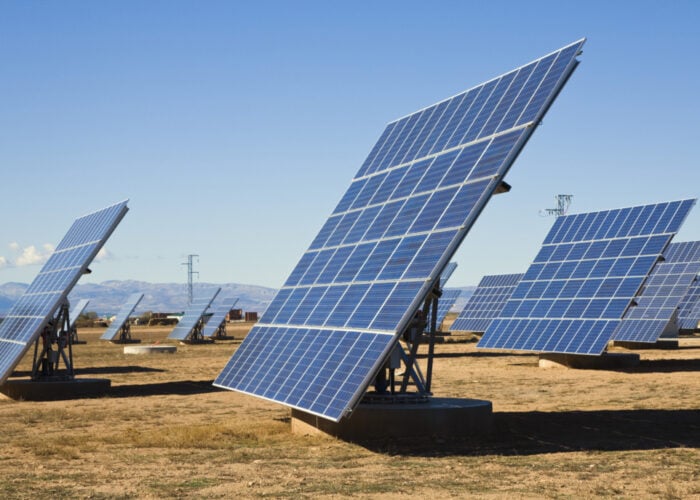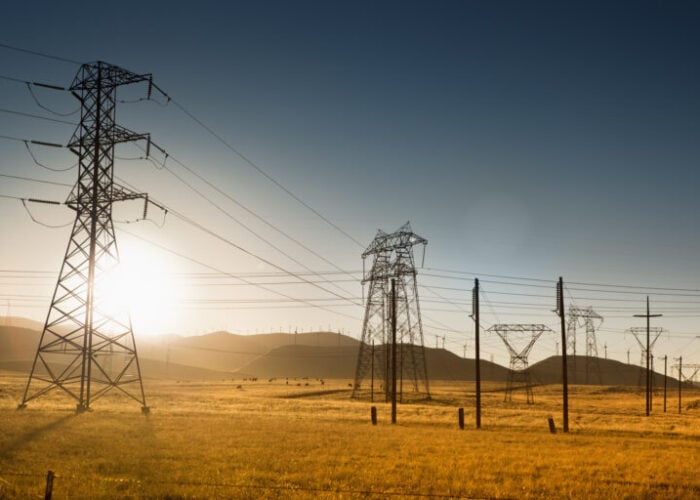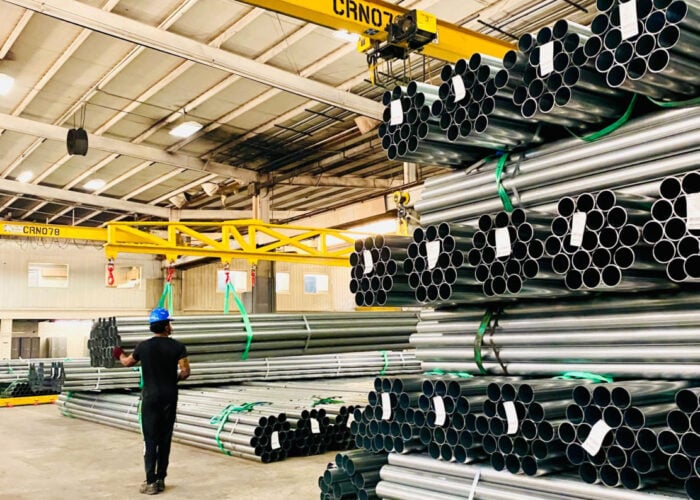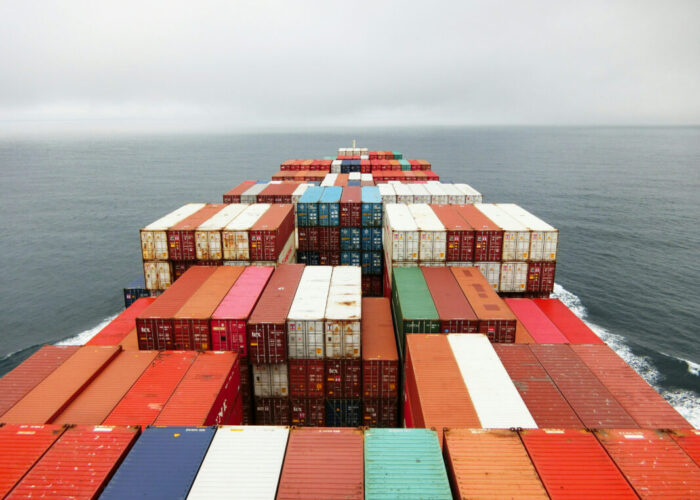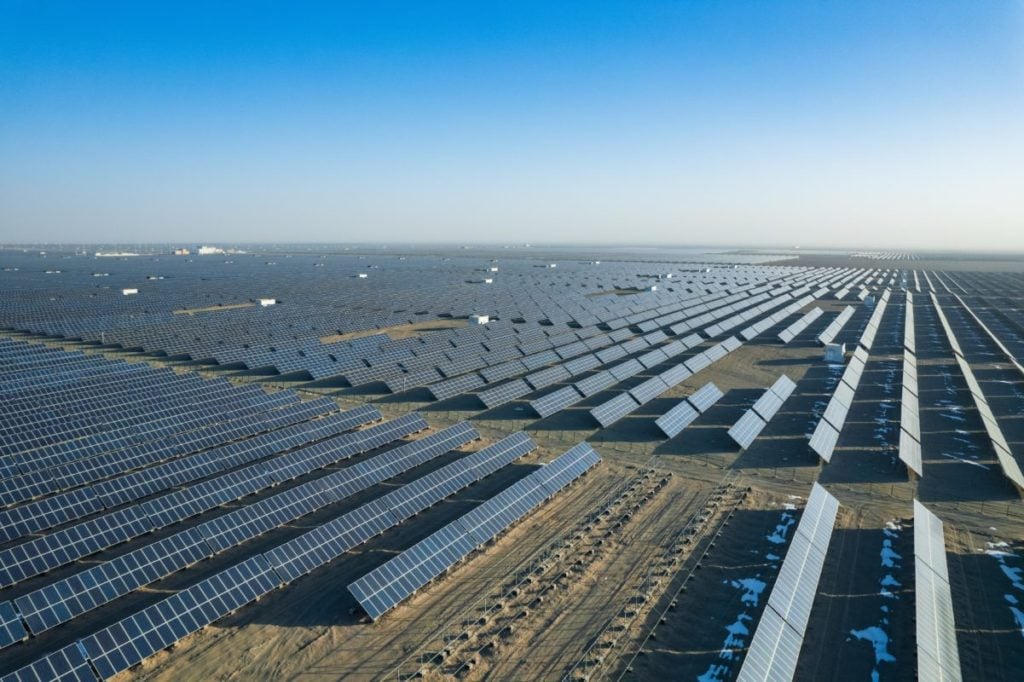
Partnering with Indigenous communities will be important for Ontario’s clean energy target, according to a report from Ontario’s Electrification and Energy Transition Panel.
Most of the proposed solutions to achieve a clean energy economy rely on using Indigenous land and resources to build renewable energy infrastructure and extraction projects.
Unlock unlimited access for 12 whole months of distinctive global analysis
Photovoltaics International is now included.
- Regular insight and analysis of the industry’s biggest developments
- In-depth interviews with the industry’s leading figures
- Unlimited digital access to the PV Tech Power journal catalogue
- Unlimited digital access to the Photovoltaics International journal catalogue
- Access to more than 1,000 technical papers
- Discounts on Solar Media’s portfolio of events, in-person and virtual
Or continue reading this article for free
The report, Ontario’s Clean Energy Opportunity, calls for a series of recommendations including: for the provincial government to target a clean energy economy by 2050 through commitments and policies; have an energy transition policy vision which includes Indigenous perspectives; develop and regularly update a long-term energy plan.
The report highlights the importance of partnerships for Ontario to make the necessary energy infrastructure investments needed to build a clean energy economy, including with Indigenous communities which would provide them with opportunities in electrification and energy transition. Over 450 renewable energy projects across Ontario are either owned or partnered with Indigenous communities, according to the report.
Moreover, building grid resilience across Ontario – and in particular in Indigenous, northern and remote communities – will be key for a successful transition and electrification process, with energy storage playing a crucial role.
The report also noted that grid limitations, infrastructure constraints, supply chain challenges, and availability of transmission lines have to be addressed. Upgrading transmission lines in key areas will be important for the energy transition of the province but also could be beneficial to adjacent regions.
“The panel’s final report, Ontario’s Clean Energy Opportunity, builds on our government’s Powering Ontario’s Growth plan and provides valuable insights and recommendations for future long-term integrated planning. It also outlines the incredible opportunity Ontario has to leverage our clean energy advantage to continue to compete for and land new jobs and investments,” commented Todd Smith, Ontario’s minister of energy, about the report.
Furthermore, both the Independent Electricity System Operator (IESO) and the Ontario Energy Board (OEB) will play pivotal roles in Ontario’s planning and regulatory systems to support a shift towards a clean energy economy by taking a series of actions ensuring the province is ready for electrification.
Among the renewable capacity additions that the province is expected to add is the IESO’s plan to procure 2GW of renewables, including solar PV and energy storage, to meet its demand by 2030.


